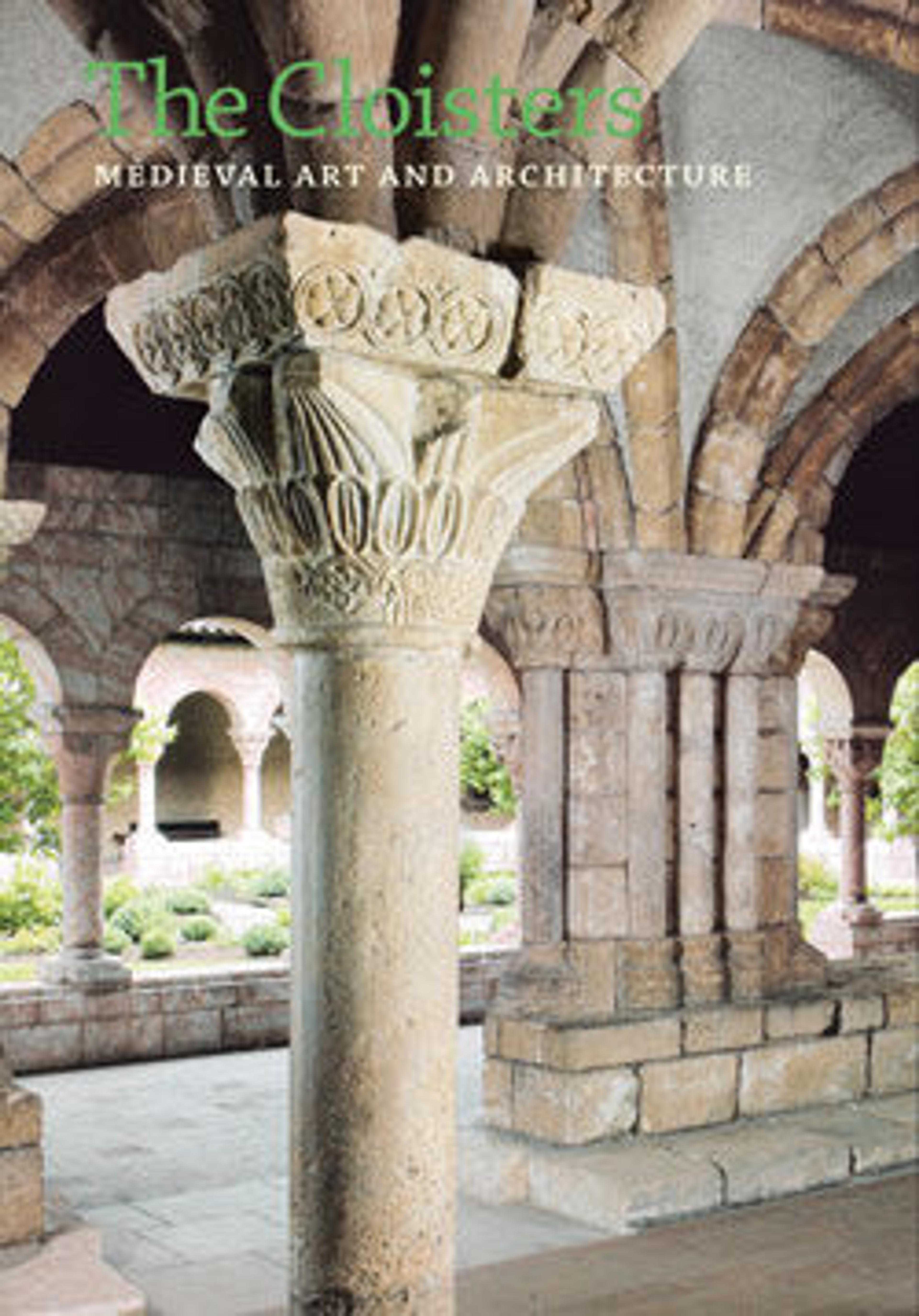Plaque with the Holy Women at the Sepulchre
This ivory plaque probably once served as part of a decorative cover for a liturgical manuscript. Three holy women intent on anointing the body of Jesus approach his burial place, the Holy Sepulchre, seen here as a twostory cylindrical building. A man "robed in white," and endowed here with wings, informs them that Jesus has risen from the dead. The Roman soldiers are asleep at their posts, completely unaware of the miracle of the Resurrection that has taken place.
Artwork Details
- Title:Plaque with the Holy Women at the Sepulchre
- Date:early 10th century
- Geography:Made in Milan (?), Italy
- Culture:North Italian
- Medium:Elephant ivory
- Dimensions:Overall: 7 1/2 x 4 1/4 x 5/16 in. (19 x 10.8 x 0.8 cm)
- Classification:Ivories-Elephant
- Credit Line:Purchase, The Cloisters Collection and Lila Acheson Wallace Gift, 1993
- Object Number:1993.19
- Curatorial Department: Medieval Art and The Cloisters
More Artwork
Research Resources
The Met provides unparalleled resources for research and welcomes an international community of students and scholars. The Met's Open Access API is where creators and researchers can connect to the The Met collection. Open Access data and public domain images are available for unrestricted commercial and noncommercial use without permission or fee.
To request images under copyright and other restrictions, please use this Image Request form.
Feedback
We continue to research and examine historical and cultural context for objects in The Met collection. If you have comments or questions about this object record, please contact us using the form below. The Museum looks forward to receiving your comments.
